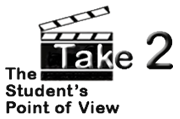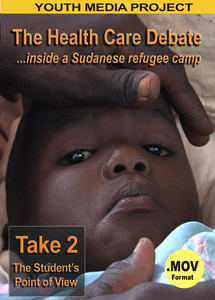
THE HEALTH CARE DEBATE
...inside a Sudanese Refugee Camp
Modern medicine and traditional Sudanese healers battle
for the lives and loyalty of the refugees. Who will win?
This Module Contains:
-
General DVD with 2.10 hours of digital footage of general life in Sudan.
-
Topic-specific DVD with 3.5 hours of digital footage of medical issues with a refugee camp
-
Transcripts of five interviews translated into English.
-
Comprehensive background information and summary materials (sample) of the footage, including flowcharts (sample).
-
Cutting-edge curriculum: teaching unit (sample) supporting social science standards complete with class activities, grading rubrics, four PowerPoint presentations (sample), lecture materials, graphic organizers, homework assignments, a video on how to use the footage, and student briefing materials (sample).

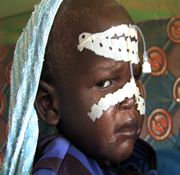
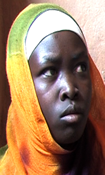
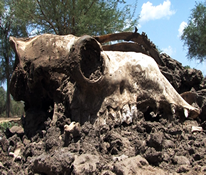

How Do You Stay Healthy in a Refugee Camp? Twenty thousand people live in the refugee camp of Farchana in eastern Chad, which was founded in 2004. There is little vegetation or water, and only basic 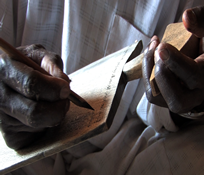 sanitation. What happens when they get sick? The primary care provider is often the mullah, who may or may not pass his patients along to a "specialist." Depending on the diagnosis, they then visit the butcher, the bleeder, the burner, or the self-traine
sanitation. What happens when they get sick? The primary care provider is often the mullah, who may or may not pass his patients along to a "specialist." Depending on the diagnosis, they then visit the butcher, the bleeder, the burner, or the self-traine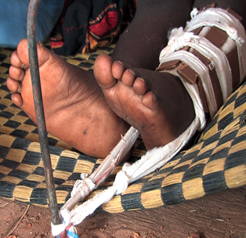 d pharmacist (who sees several hundred patients per day). Common diseases include malaria, hepatitis, and dysentery. Infection and injury occur frequently, and antibiotics are scarce or inappropriately used. Women may stop by the Doctors without Borders facility, but often only for well-baby care or immunizations. Traditional healers treat the human body with practices that have been utilized for hundreds of years. There is a strong, cohesive community who support and nurture each other, and who believe in these traditional health care practitioners. But there is also a move to integrate western medicine into their culture. How can these two (often vastly different) approaches to medicine come together?
d pharmacist (who sees several hundred patients per day). Common diseases include malaria, hepatitis, and dysentery. Infection and injury occur frequently, and antibiotics are scarce or inappropriately used. Women may stop by the Doctors without Borders facility, but often only for well-baby care or immunizations. Traditional healers treat the human body with practices that have been utilized for hundreds of years. There is a strong, cohesive community who support and nurture each other, and who believe in these traditional health care practitioners. But there is also a move to integrate western medicine into their culture. How can these two (often vastly different) approaches to medicine come together?
Teaching Unit Overview: Technology has always reflected the times, from the first crude tools to the use of elements in the environment to protect, support, and heal. As man has evolved, his use of new techniques evolved as well, usually blending old practices with new ones. Healing traditions have emerged from the environment and from cultural, social, and religious practices. What techniques are used among the Sudanese today? How well do they work? What diseases do they treat? Where does Western medicine fit it? How can the Sudanese integrate their fundamental values and beliefs with new technologies and practices?
Footage Highlights: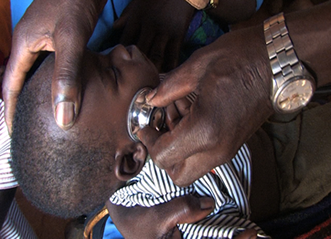
-
Sudanese traditional healing treatments
-
Orthopedic practices
-
Doctors without Borders
-
Care for children
-
Rx in a refugee camp
-
Bleeding and burning
-
Women seeking care
-
Sanitation measures
-
The mullah -- the medical gatekeeper
One-year, single classroom educational license: $250. Introductory price: $95.
Site license: contact Take 2
District license: contact Take 2

